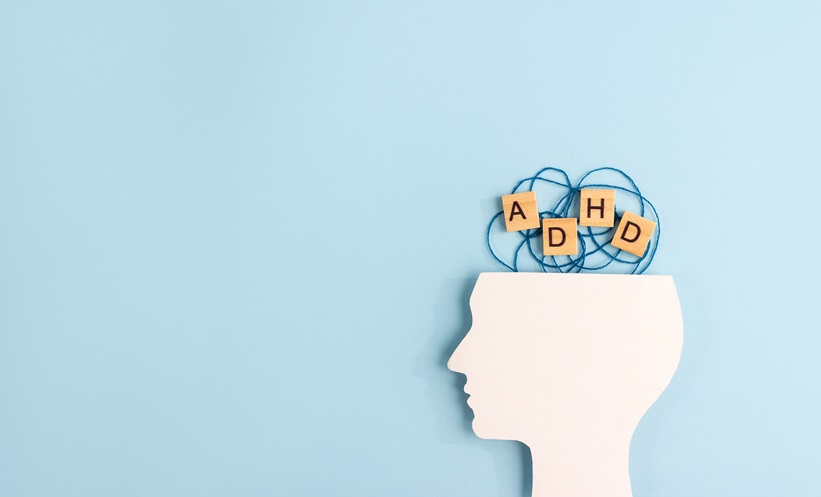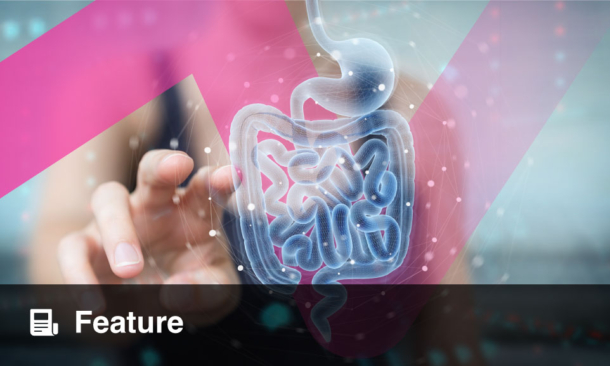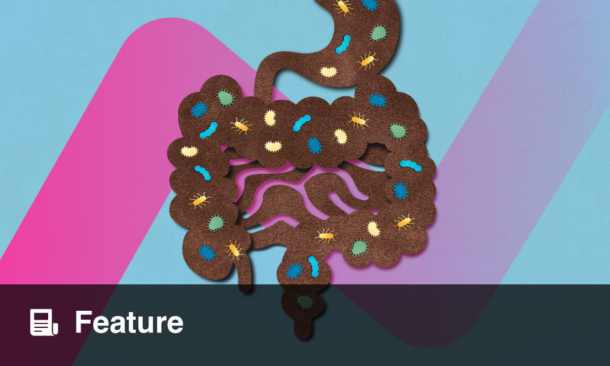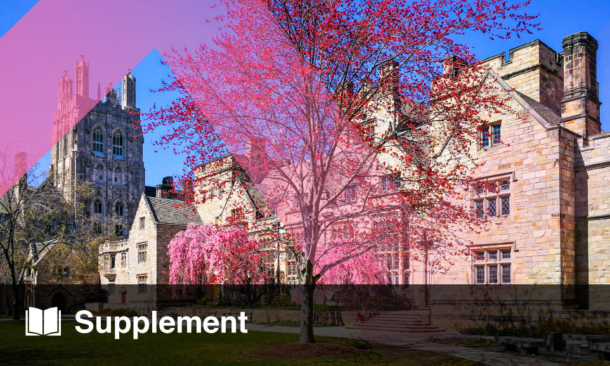ADULTS with attention-deficit hyperactivity disorder (ADHD) exhibit elevated brain iron levels and neuroaxonal damage biomarkers linked to dementia risk, according to a neuroimaging study of 61 participants, suggesting potential long-term neurological consequences.
This cross-sectional study compared 32 adults with ADHD (mean age 35) and 29 healthy controls using quantitative susceptibility mapping (QSM) MRI and blood neurofilament light chain (NfL) analysis. Participants with ADHD showed significantly higher iron deposition in the right precentral cortex (0.0048 ppm vs. 0.0033 ppm; t(59) = 3.56, P < 0.001), correlating with elevated plasma NfL levels (F(1,57) = 13.2, P = 0.001, r² = 0.19)—a biomarker of axonal injury. These findings mirror early neurodegenerative changes seen in Alzheimer’s disease, with iron overload and NfL elevations indicating oxidative stress and neuronal damage.
The results imply that ADHD may confer a biological vulnerability to age-related dementia, necessitating early intervention strategies. Clinicians should consider monitoring iron metabolism and NfL in ADHD patients, particularly those with persistent symptoms into adulthood. Lifestyle modifications (e.g., diet, exercise) to mitigate iron accumulation and neuroprotective therapies warrant exploration. Longitudinal studies are critical to validate these associations and assess whether iron-reduction interventions could lower dementia risk in this population.
Reference
Berberat J et al. Brain iron load and neuroaxonal vulnerability in adult attention‐deficit hyperactivity disorder. Psychiatry and Clinical Neurosciences. 2025;DOI:10.1111/pcn.13806.








